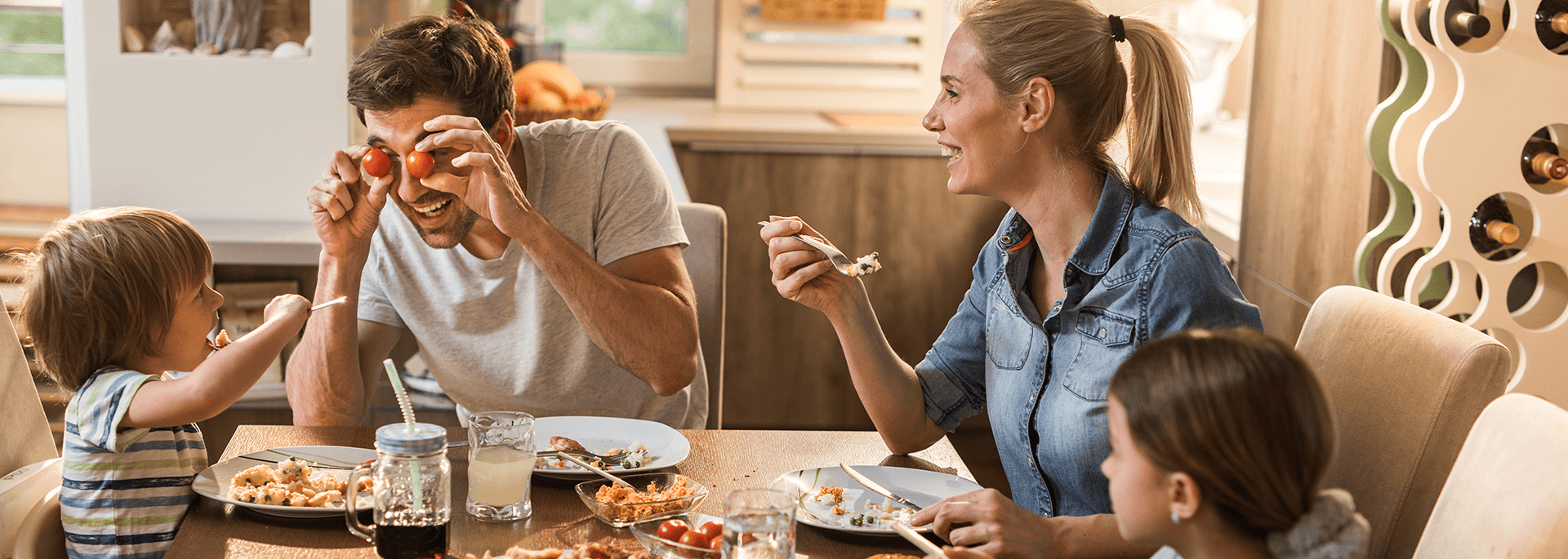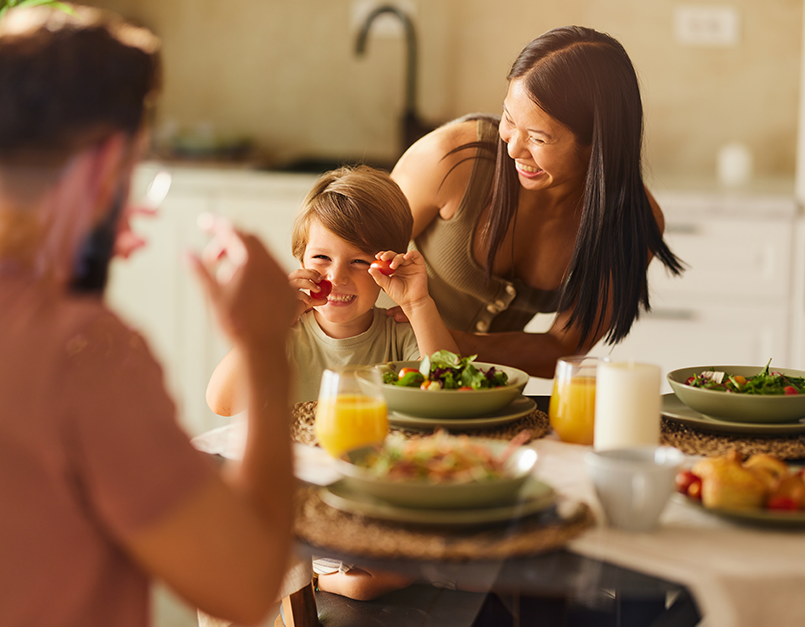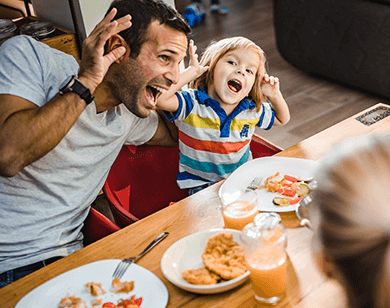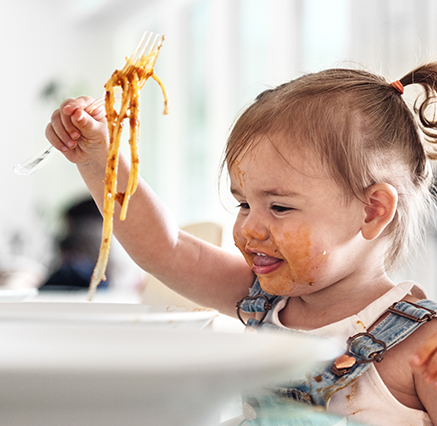
It helps their brain grow.
Young children learn by using their senses—seeing, smelling, touching, and tasting. When they play with food, they learn about shapes, colors, textures, and even words. A study showed that toddlers who played with food learned words about food textures (like “soft” or “squishy”) faster than kids who didn’t.








Share
Share this link via: